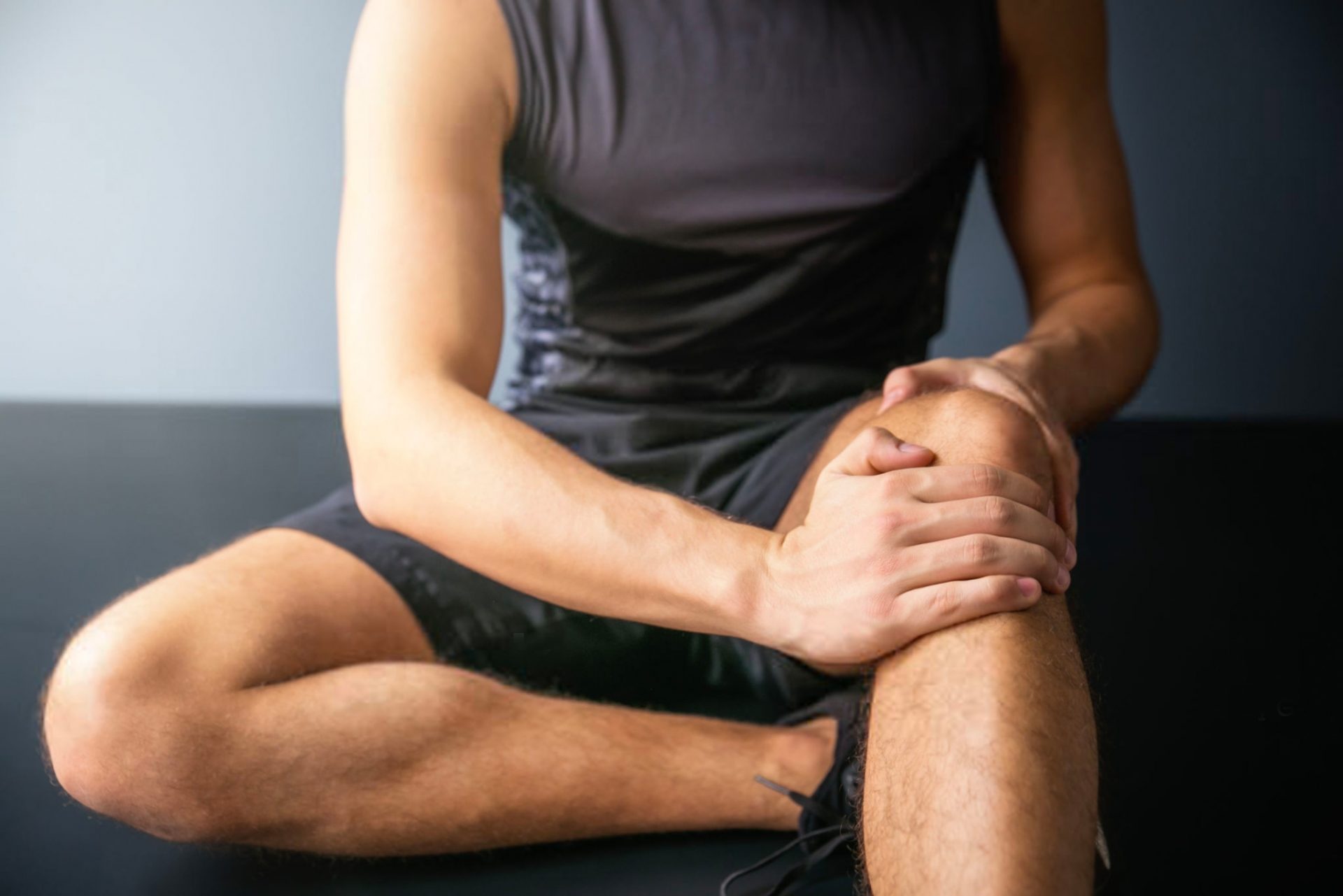When Chris Judd told his three year old son that he wouldn’t be able to play football anymore because of his ACL injury, his son said, ‘I think you should play soccer’.
If only recovery from injury was that simple! In fact, the knee is one of the most complex joints in the body, and the ACL is pivotal to its function.
![]() Anatomy
Anatomy
There are four main ligaments that control the position of the knee. T
he anterior cruciate ligament (ACL) and posterior cruciate ligament (PCL) form a cross inside the joint, with the medial colateral (MCL) and lateral colateral (LCL) ligaments running down either side of the knee.
The ACL’s main role is to prevent the knee joint from rotating and sliding when athletes are required to turn on the spot, jump and land.
Because of subtle differences in male and female anatomy, women are slightly more likely to experience ACL injuries than men.
Injury
Chris Judd’s injury was typical of the way ACLs are torn: he landed on a reasonably straight knee that was also rotated and bent to the side.
When an ACL is ruptured, the athlete often hears a pop or a crack followed by intense swelling and pain. Injuries to the ACL can also be associated with other injuries to the knee, including the meniscus and the MCL.
As signs and symptoms vary from person to person, it’s important to have an assessment of the knee as soon as possible after injury, ideally before excessive swelling has entered the joint.
Initial treatment involves controlling swelling around the knee.
This means icing the knee for twenty minutes every two hours, resting, elevating the leg and using compression bandage.
Your physio can assess the extent of the damage and guide you through these strategies.
Physio
Following ACL rupture, surgical reconstruction of the ligament is a common procedure used to return full stability to the joint.
Many factors impact on the decision regarding surgery.
These include your goals, other damage done to the knee, degree of instability, age and the ability to take time off work.
The surgeon will often take part of the tendon from your hamstrings and use it to replace your torn ACL.
With a detailed assessment and exercise program, your physio can help you prevent ACL injuries in the first place.
The better your muscles are at adapting to different positions, the less likely the knee will be placed under extreme stress.
The exercises that develop these muscles are not just focussed on strength, but on the ability of your muscles to stabilise the knee (see our previous newsletter on proprioception).
After injury, regardless of whether you decide on surgical or non-surgical management, physiotherapy plays an important role in rehabilitating the knee.
Your physio will guide you through protecting the joint, getting it moving, stabilising the leg and knowing when you’re ready for different activities.
They’ll get you on the path to meeting your goals as quickly as possible – whether that’s football, soccer, or just playing with your kids.

